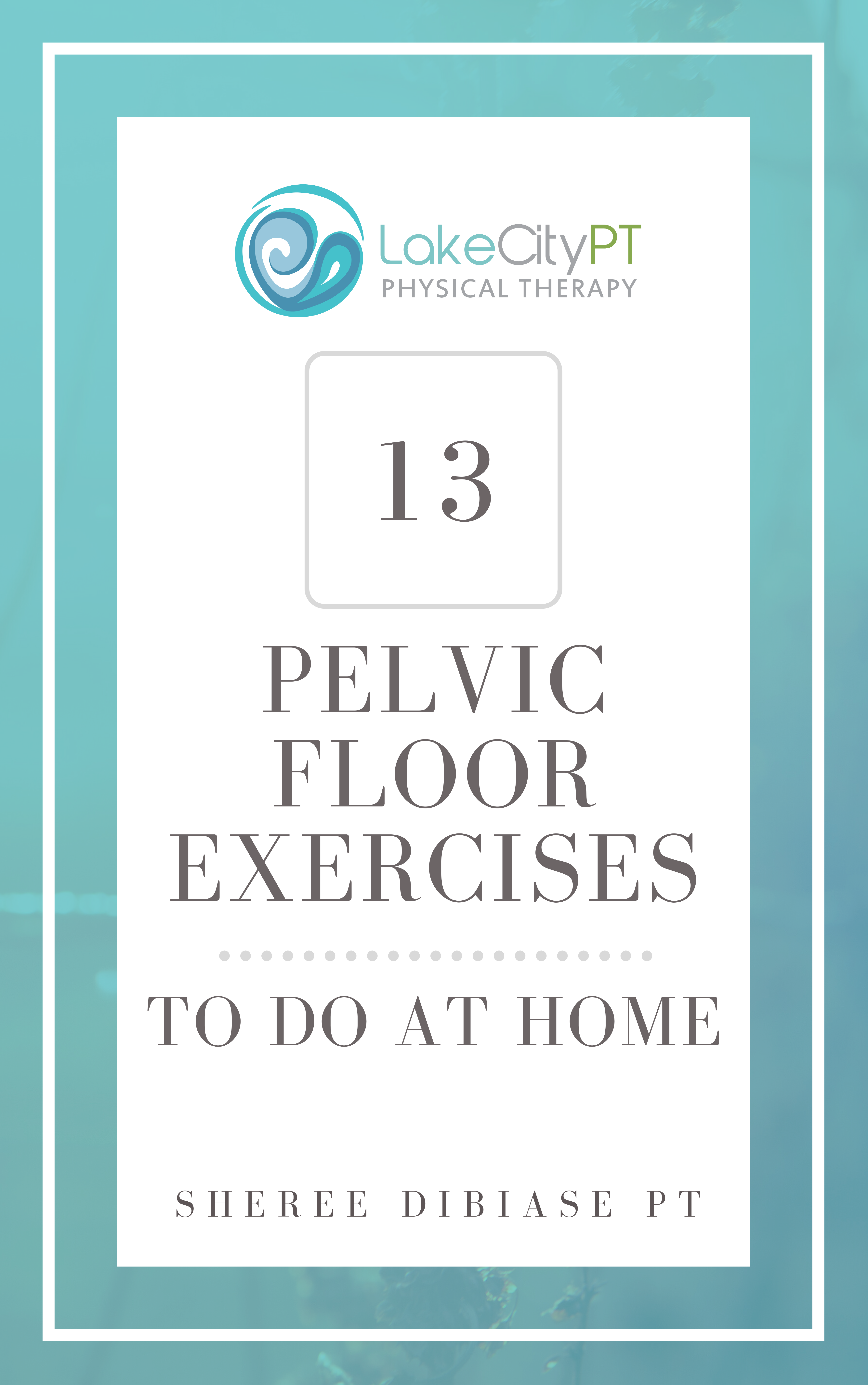Pelvic Pain After Walking
Do you experience pelvic pain after walking? If so, you are not alone. Many people suffer from this type of pain, which can be quite debilitating.
In this blog post, we will discuss the causes of pelvic pain after walking, as well as some treatment options. We hope that this information will help you find relief from your symptoms!
What are the most common causes of pelvic pain after walking?
There are a few different things that can cause chronic pelvic pain after walking, and we’ll go through each one and explain a bit more.
Overuse injuries
One of the most common causes is overuse injuries. This can happen if you walk too much or if you do not have the proper footwear. Overuse injuries can lead to inflammation and pain in the pelvic area.
While it might seem odd that bad footwear can lead to pelvic pain, it’s actually quite common. That’s because when your feet hurt, you change the way you walk. This can put more strain on your hips and lower back, which can lead to pain in the pelvis.
If you think you might have an overuse injury, the best thing to do is to rest and ice the area. You can also take over-the-counter pain medication like ibuprofen to help with the pain and inflammation. If the pain does not go away after a few days, or if it gets worse, please see a doctor.
Arthritis
Another common cause of pelvic pain after walking is arthritis. Osteoarthritis is a degenerative form of arthritis that can affect any joint in the body, including the hips. If you have osteoarthritis, your joints may become stiff, painful, and swollen. This can make it difficult to walk or even stand for long periods of time.
If you think you might have arthritis, please see a doctor. They will be able to diagnose the condition and recommend treatment options. Treatment for arthritis often includes pain medication, physical therapy, and exercise.
Incontinence
Another possible cause of pelvic pain after walking is incontinence. Incontinence is when you leak urine or stool when you don’t mean to. It’s usually caused by weak muscles or nerves in the pelvic area. Incontinence can be treated with physical therapy, medications, or surgery.
Endometriosis
Endometriosis is another possible cause of pelvic pain after walking. Endometriosis is a condition where tissue that normally grows inside the uterus grows outside the uterus. This can cause painful cramps, bloating, and fatigue. Endometriosis can be treated with medication, surgery, or hormone therapy.
Pelvic Inflammatory Disease
Pelvic inflammatory disease (PID) is another possible cause of pelvic pain after walking. PID is an infection of the reproductive organs that can cause pain in the lower abdomen, fever, and unusual vaginal discharge. PID can be treated with antibiotics.
Fibroids
Fibroids are another possible cause of pelvic pain after walking. Fibroids are non-cancerous growths that develop in the uterus. They can cause heavy bleeding, pain during sex, and pressure on the bladder or rectum. Fibroids can be treated with medication, surgery, or hormone therapy.
Piriformis syndrome
Another common cause of pelvic pain after walking is a condition called piriformis syndrome. This condition occurs when the sciatic nerve becomes compressed by the piriformis muscle. This can cause pain, numbness, and tingling in the legs and buttocks. Treatment for this condition includes stretching and massage therapy.
Pubic symphysis dysfunction
One of the most common causes is a condition called pubic symphysis dysfunction (PSD). PSD occurs when the ligaments that connect the two bones in your pelvis become stretched or torn. This can happen for a variety of reasons, including pregnancy, childbirth, and obesity.
Patellofemoral pain syndrome
Another common cause of pelvic pain after walking is a condition called patellofemoral pain syndrome (PFPS). PFPS is a condition that affects the kneecap, causing it to rub against the femur (thighbone). This can be caused by overuse, injury, or arthritis and can lead to pain in the front of the pelvis.
Treatment for pelvic pain after walking
If you’re experiencing pelvic pain after walking, it’s important to see a doctor to rule out any serious underlying conditions. Once any serious conditions have been ruled out, there are a number of treatments that can be effective in managing the pain. These include:
Pain medication
Over-the-counter pain medications such as ibuprofen or acetaminophen can be effective in managing pain. Your doctor may also prescribe stronger medication if necessary.
If other treatments are not effective, your doctor may recommend injections to help relieve the pain. These can be done in the office and typically involve a numbing medication and/or steroid.
Surgery
In some cases, surgery may be necessary to correct any underlying issues that are causing the pain. This is typically only considered if other treatments have not been successful.
Physical therapy
A physical therapist can help to identify any underlying issues that may be contributing to the pain and develop a treatment plan to address them. This may involve stretches, exercises, and/or manual therapy.
If you’re dealing with pelvic pain, know that you’re not alone. At Lake City PT, we can help. Our team of expert physical therapists will work with you to identify the underlying cause of your pain and develop a treatment plan to address it. Contact us today to schedule a consultation.
Getting back to normal
If you are experiencing pelvic pain after walking, it is important you seek help from a medical professional. They can help determine the cause of the pain and recommend the best treatment options. With proper treatment, the pain should improve, and you should be able to get back to your normal activities.
At Lake City PT, we’re experts in women’s health and can help you to find relief from your pelvic pain. We’ll work with you to develop a treatment plan that fits your needs and gets you back to feeling your best.
Contact us today to schedule an appointment.


